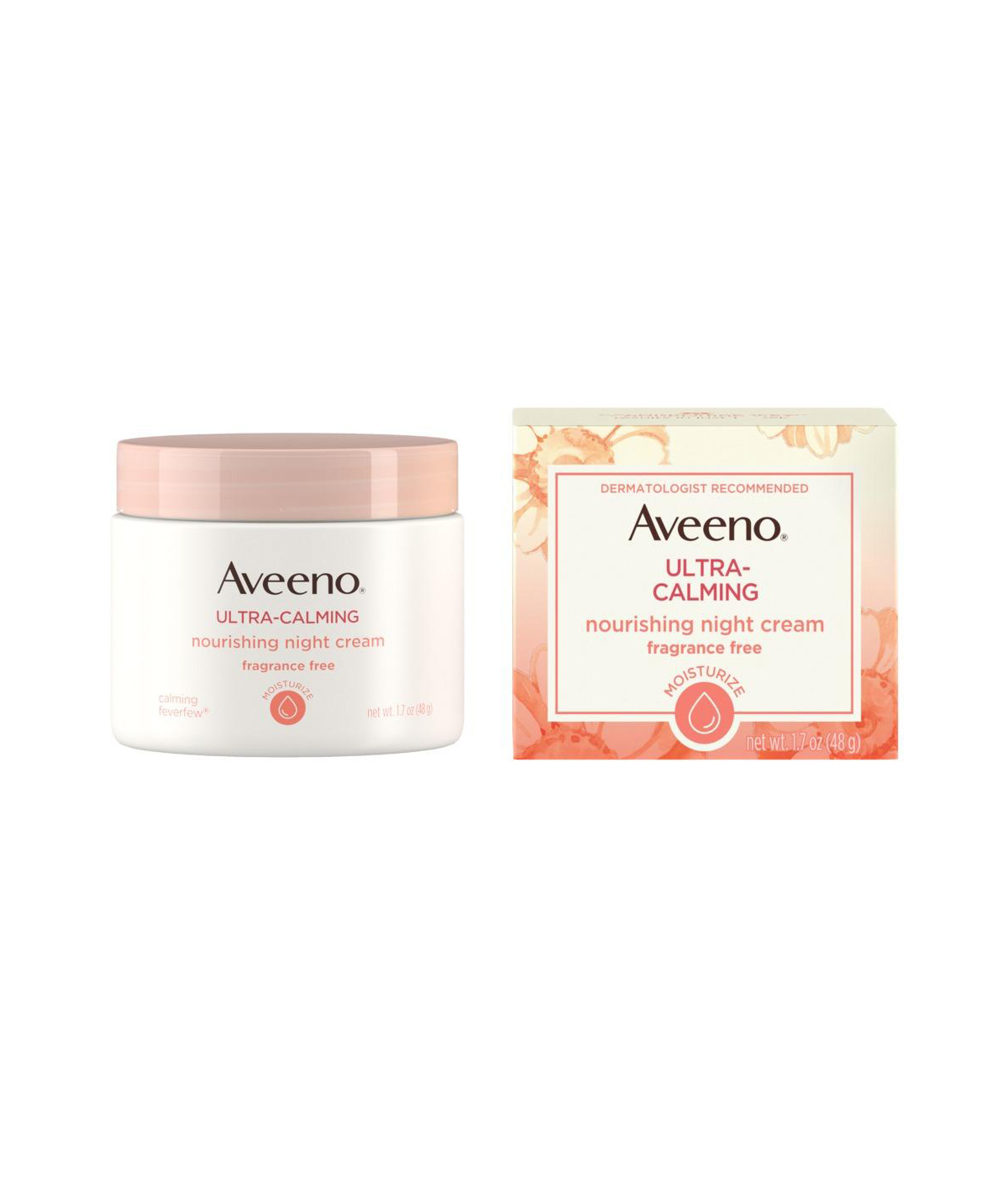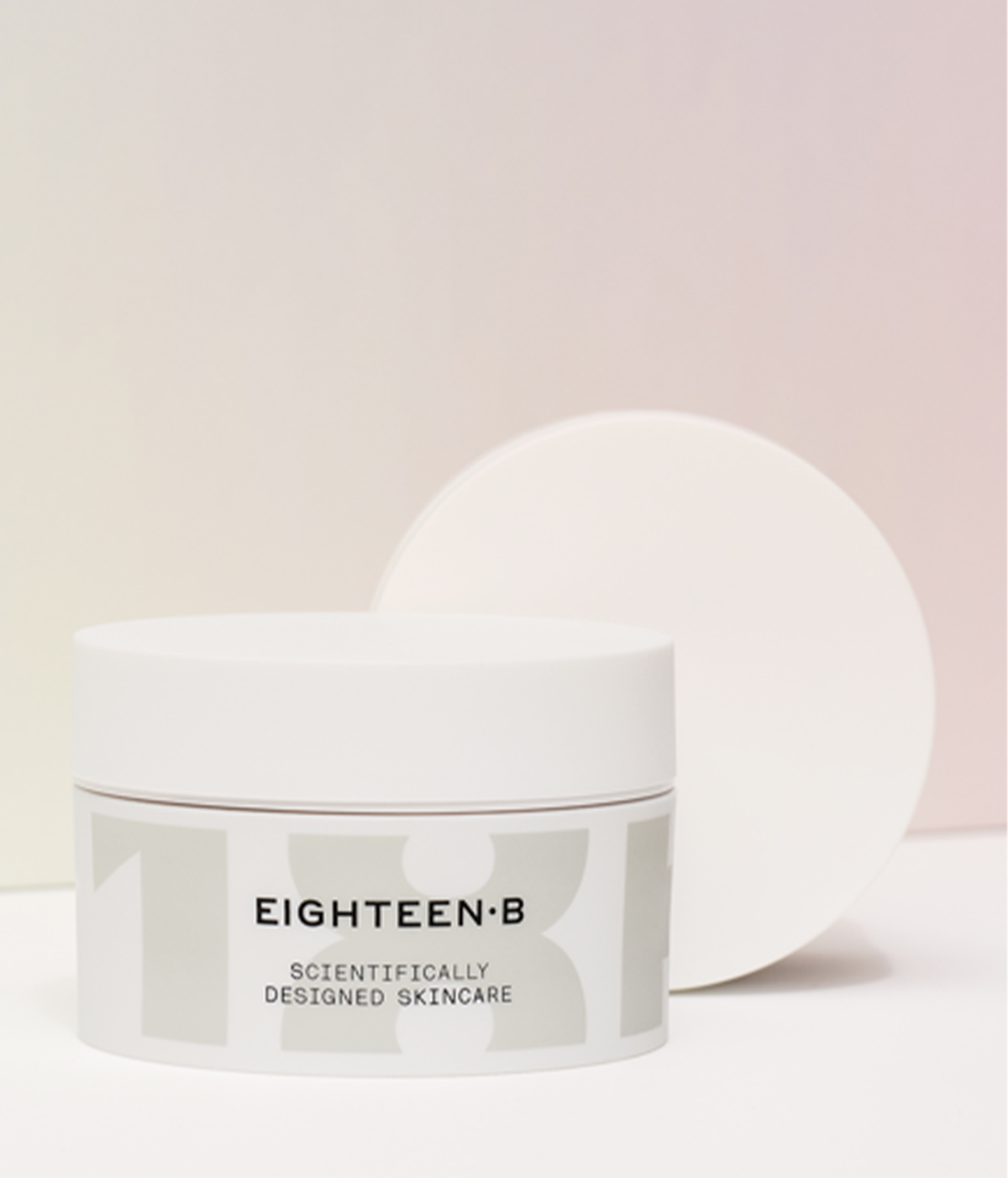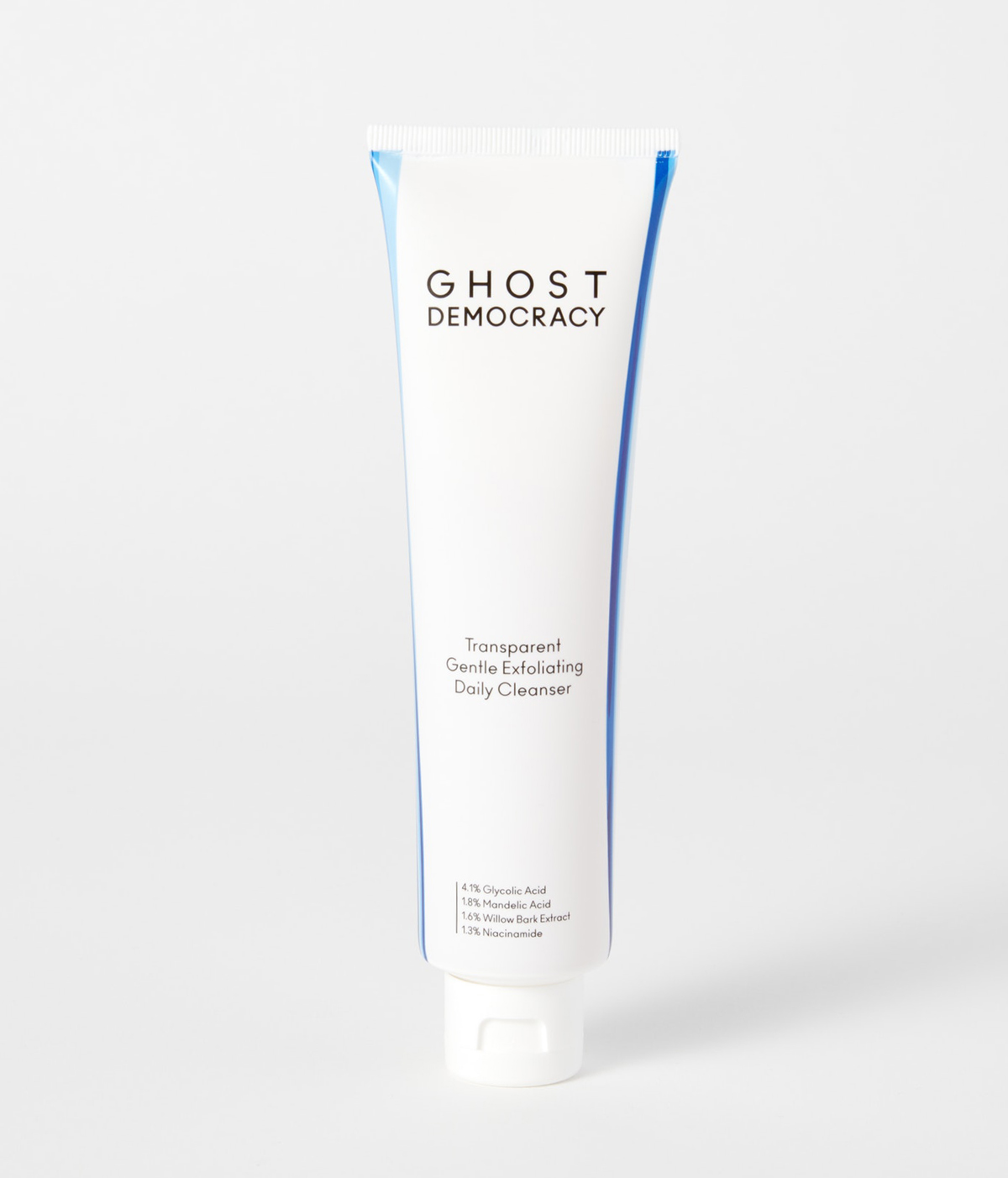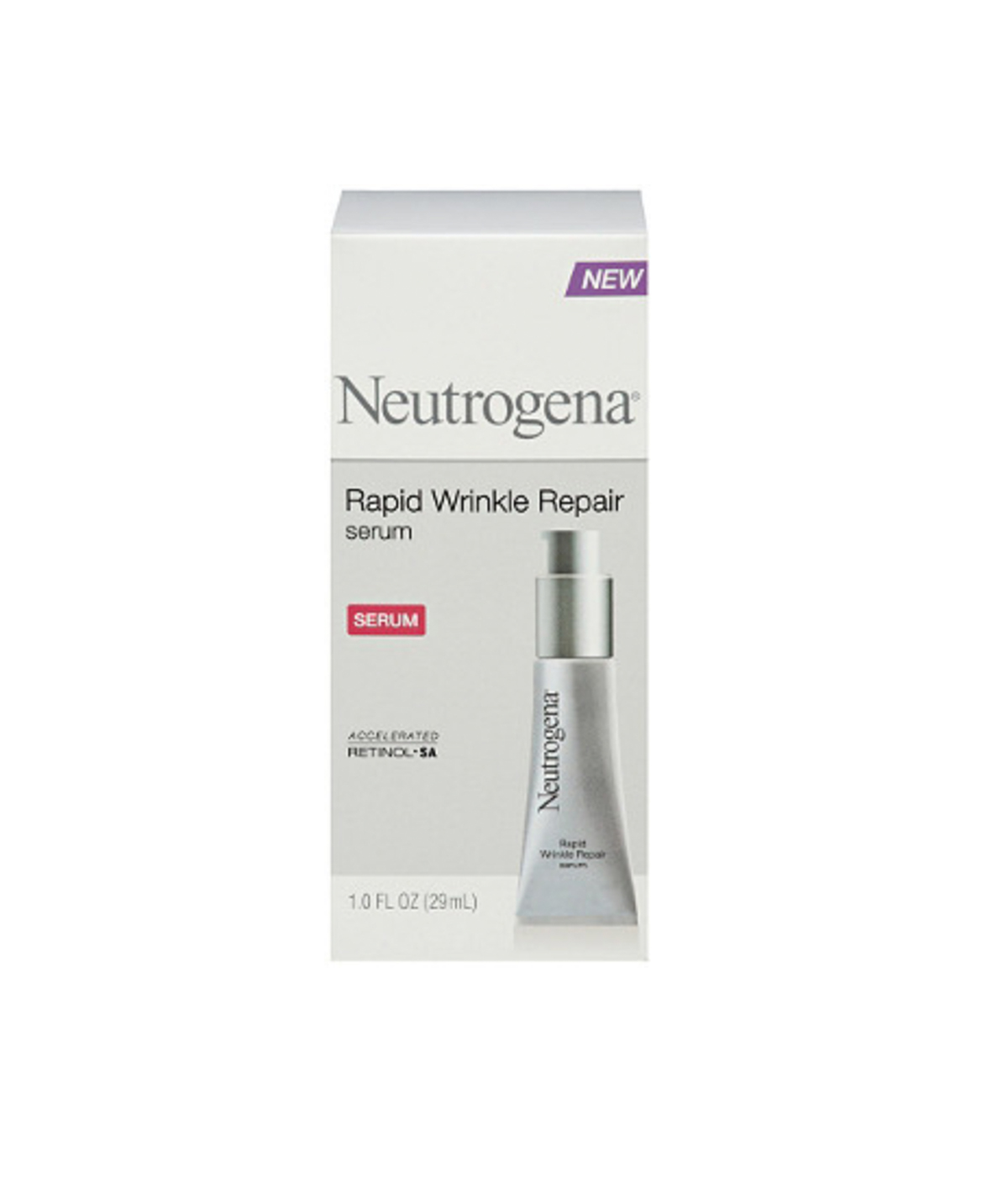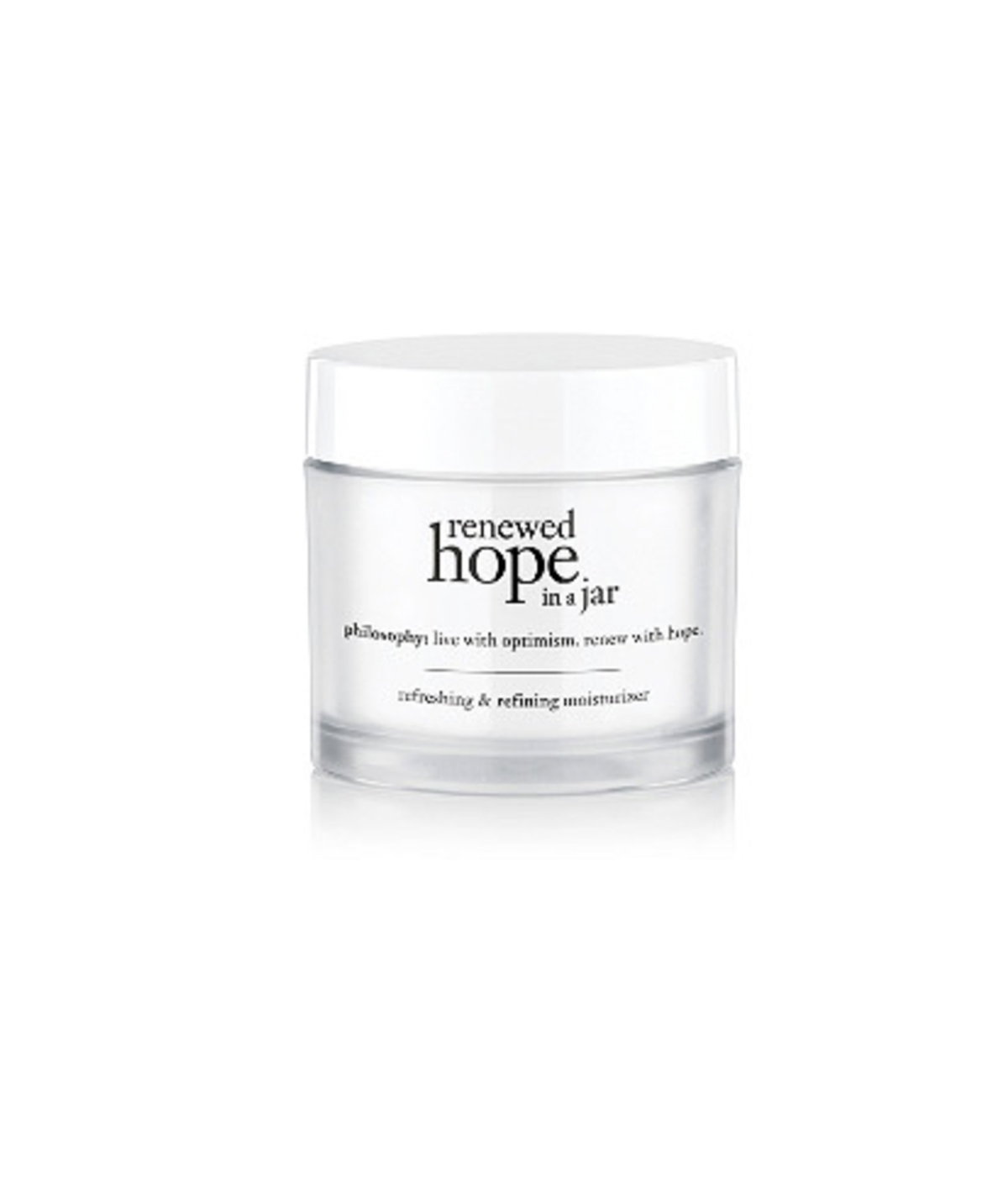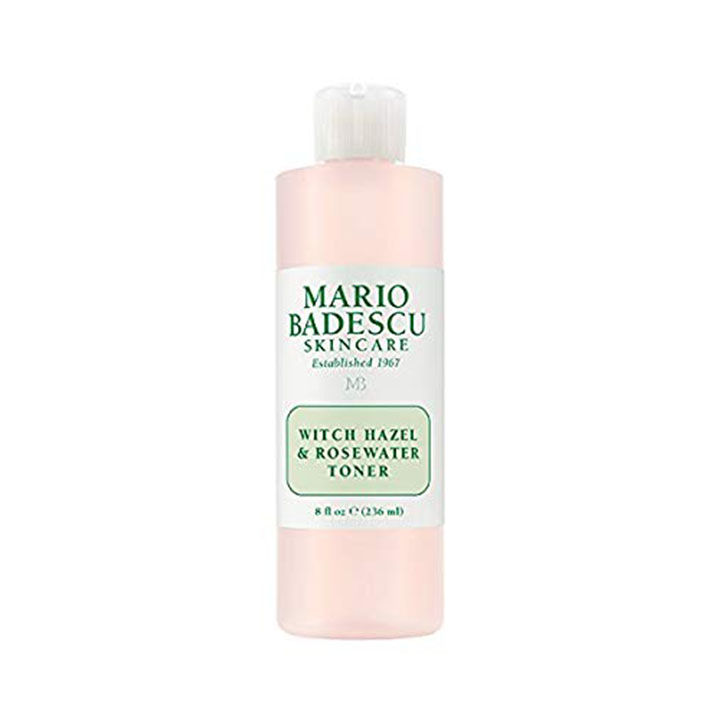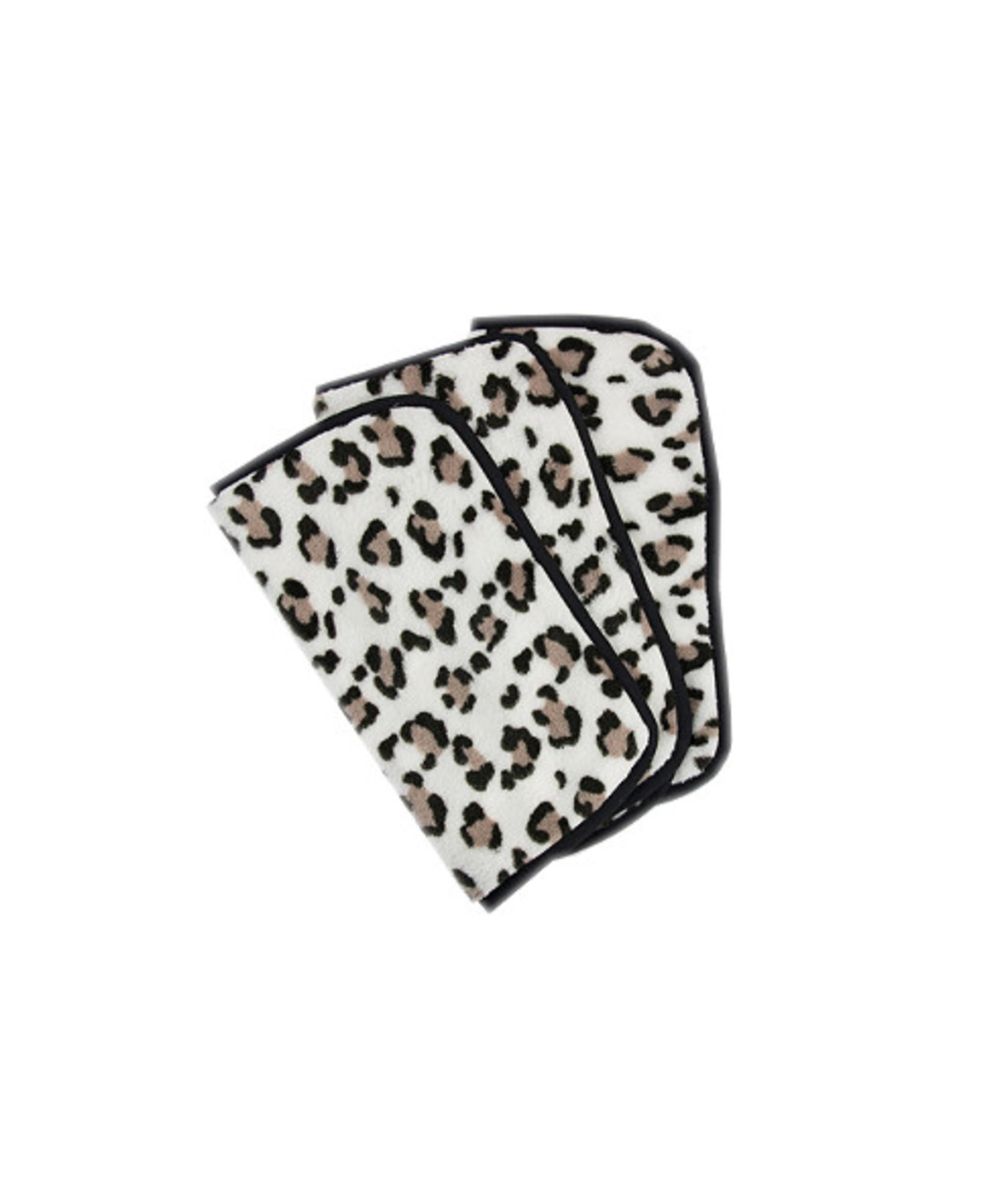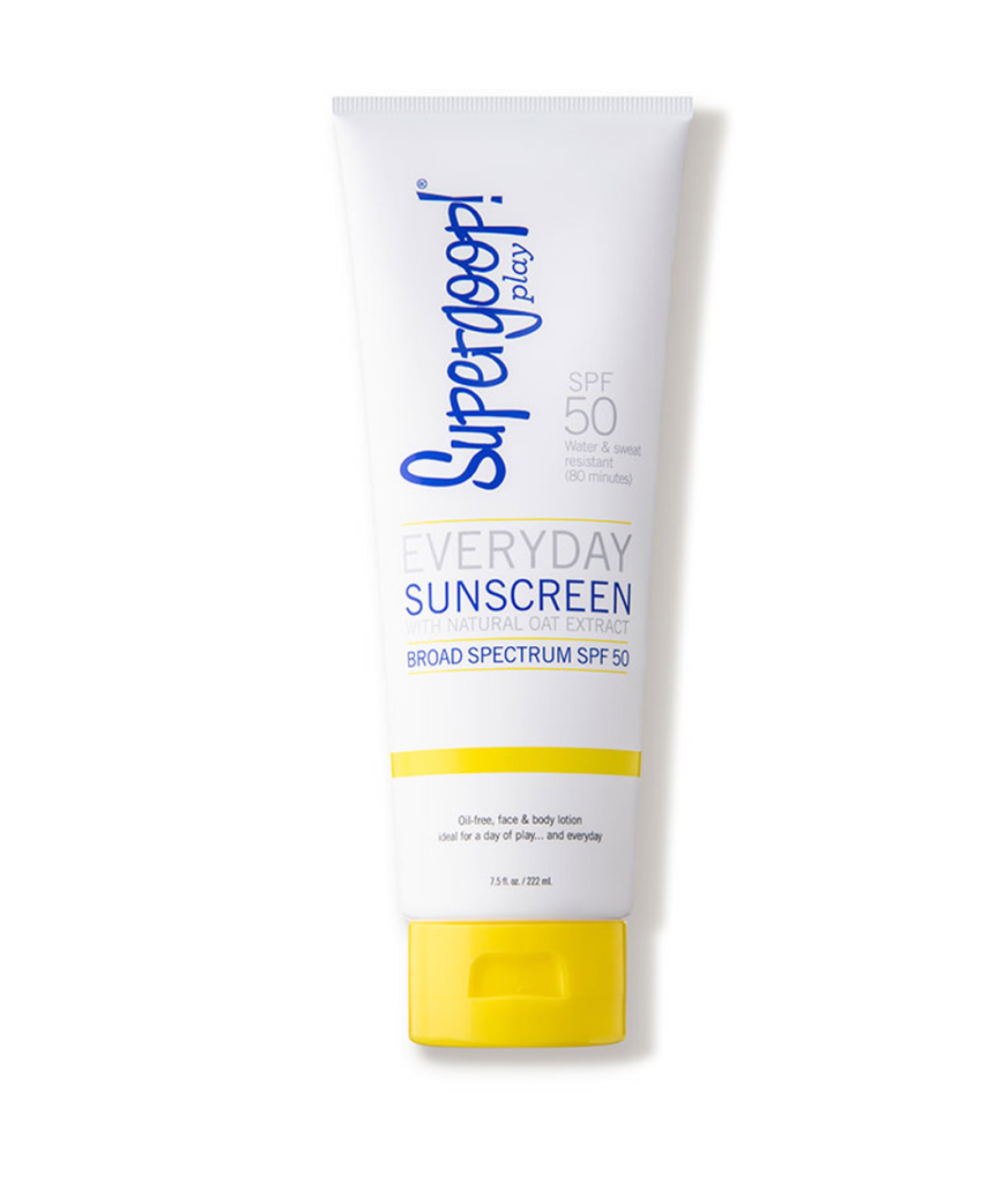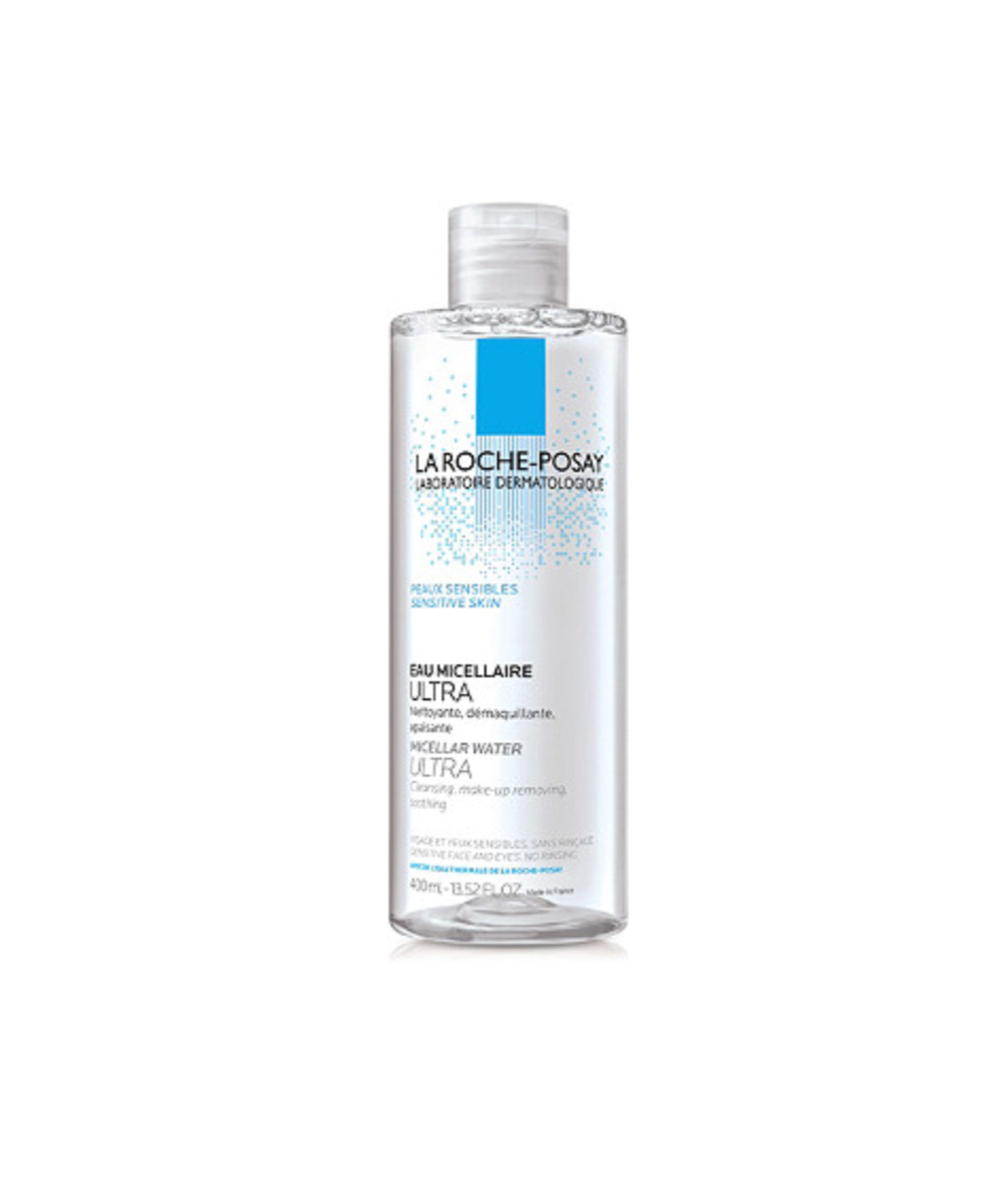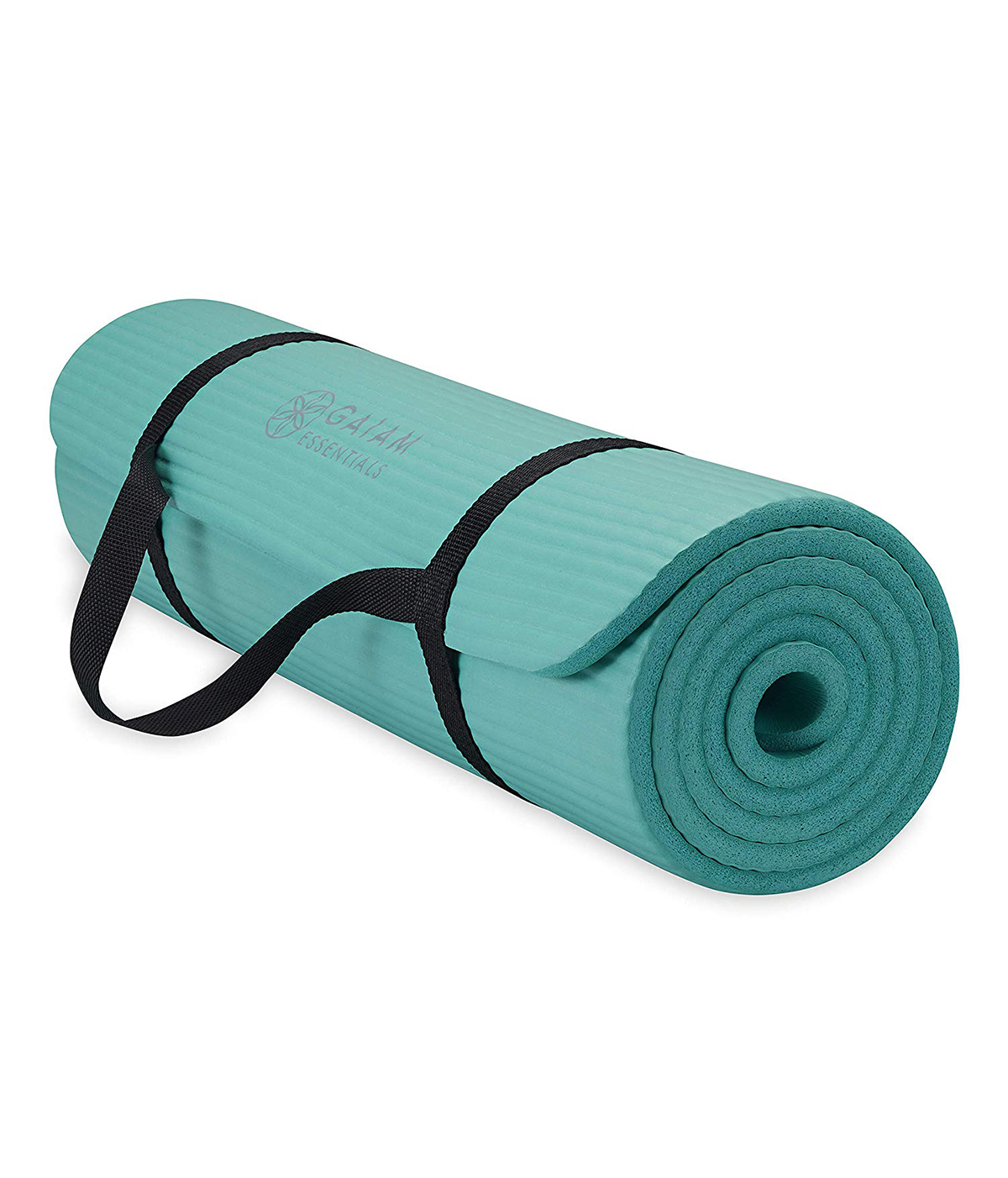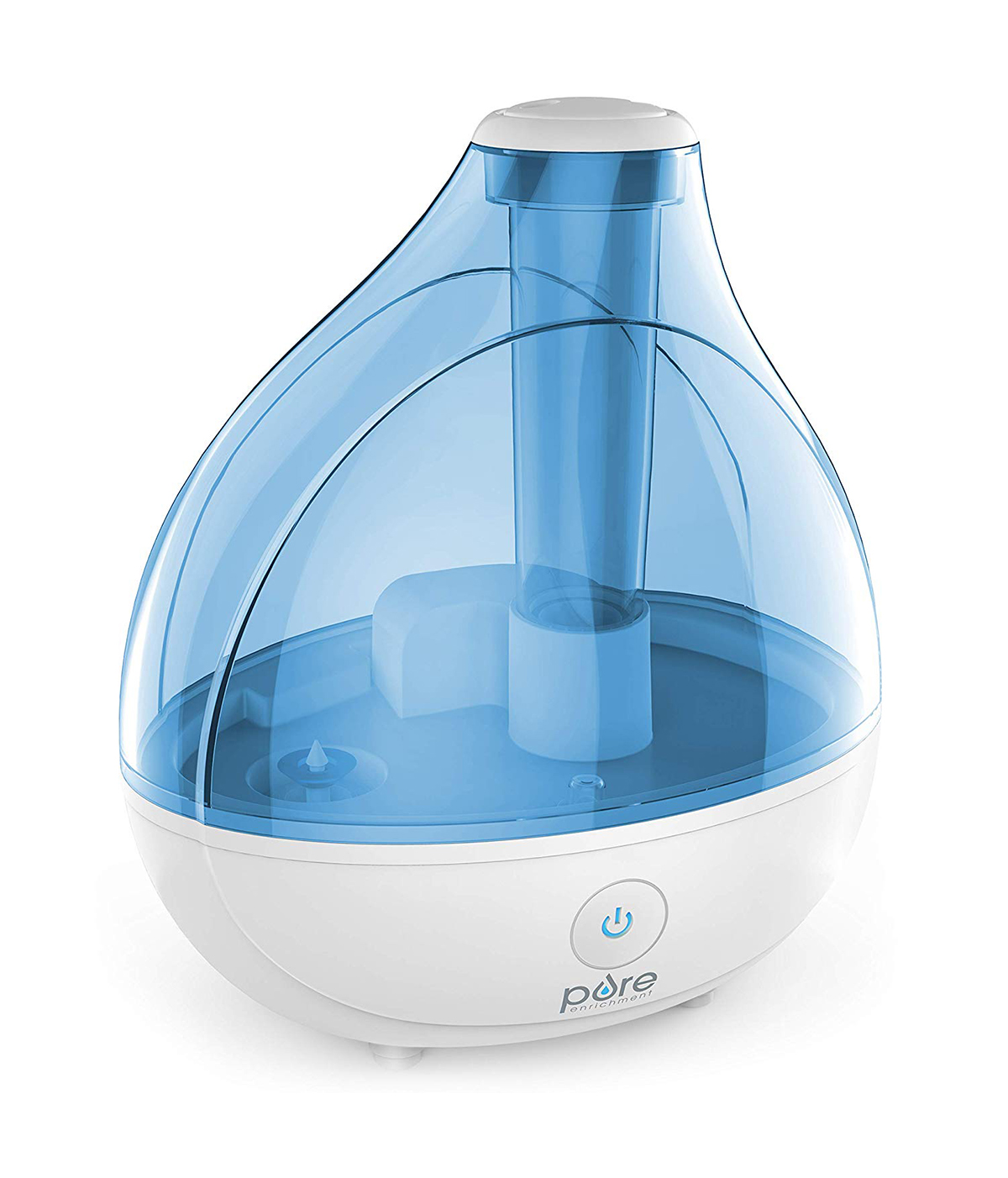4 Skincare Pros Share How to Get Smooth Skin

You don’t need a magnifying mirror to spot new imperfections on your own skin. Odds are you can feel them coming before anyone else would ever notice—those bumpy, dry patches or an ill-timed onslaught of acne—and will do just about anything to find your way back to smooth skin. Since holistic skin health isn’t restricted to seasonality or passing trends, we sought out the advice from four experts with a variety of experiences in the realm of skincare. Each offered suggestions for at-home care, spa services, and, most importantly, advice on when to see a dermatologist.
Whether you struggle with chronic conditions like eczema, battle monthly hormonal breakouts, or have inexplicable itchiness, eruptions, or flaking anywhere on your body, one thing we can all relate to is the constant pursuit of healthy, smooth skin. Luckily, you don’t have to spend a fortune or experiment with a hundred over-the-counter solutions in order to find your way to smoother skin. If you prefer upping your at-home regimen, committing to multi-step spa treatments, or seeking a medical solution, there are plenty of ways to get smooth skin that suit your needs, timeline, and budget.
Keep scrolling to get the scoop on what causes rough or uneven skin, a variety of treatment options, and the products recommended by our pros—plus a few tips and tricks for achieving and maintaining smooth skin at home.
Causes

According to Seattle-based dermatologist Heather Rogers, MD, rough or uneven skin texture can be attributed to a variety of factors including dryness, accumulation of dead cells on the surface of the skin, and collagen damage. Identifying the exact cause can be tricky—sometimes it’s something beyond the surface, such as conditions like eczema and psoriasis, dermatitis, fungal infections, auto-immune disorders, or even allergies to specific household chemicals or skincare ingredients. If it is a persistent issue, it might be time to visit your dermatologist and get an exact diagnosis before beginning a treatment plan.
On the flip side, overtreating your skin can also cause irritation. "Overtreating skin with peels, exfoliation, acids, or retinol can also wreak havoc on your skin,” says Jeannie Jarnot, a former spa director, a healthy-beauty expert, and the founder of Beauty Heroes. Either way, the first step in addressing concerns about your skin’s texture is to press pause and reassess your routine with the help of an experienced professional.
At-Home Treatments

"The first step in healing rough skin is to use a moisturizer to ensure that the skin is hydrated and the other skin layer is functioning optimally,” says Joshua Zeichner, MD, FAAD, a Manhattan-based dermatologist. "Look for moisturizers that contain ingredients like ceramides or oat extract,” he suggests. These help to protect and repair the outermost layer of skin.
Second, add gentle exfoliating agents to your regimen. "Chemical exfoliators like glycolic acid dissolve connections between skin cells on the surface of the skin so dead cells can more easily be shed," Zeichner explains.
Next, in order to strengthen the skin's foundation, it's important to use ingredients like retinol in your skincare routine. "This will fortify the skin's barrier, brighten skin tone, and enhance cell turnover to improve radiance," clarifies Zeichner.
Professional Treatments

If you feel like you’re doing the most you can with your at-home skincare routine but still not seeing the smoothing results you seek, it might be time to level up your game and take it to the pros. If you’re ready to work with your dermatologist, Rogers recommends exploring lasering (ablative and non-ablative) resurfacing, which is the most powerful treatment available for addressing texture concerns. "A gentle version is the Clear+Brilliant treatment,” says Rogers. "I recommend this treatment two weeks before any big event for glowing, smooth skin.” For a more aggressive option, she counsels patients to try the CO2 laser, which she uses daily to treat scars, wrinkles, and deep texture issues.
If a spa visit is more your speed, Allison Tray, proprietress of Tres Belle Spa in Brooklyn, recommends peels of varying strengths. "If we are working with a very surface issue, a light peel as part of a facial can really help turn the skin around by sloughing away dead skin cells and encouraging new fresh cells,” says Tray. For deeper issues that go below the surface such as scars from acne, Tray recommends the Vi Peel. "It’s painless, super effective, and literally causes the skin to shed and rebuild,” she explains.
Alternatively, give your skin some professional TLC and commit to getting regular facials for the next few months. "I always recommend booking a longer duration so the esthetician has time to do their best work in terms of thorough exfoliation and extractions,” says Jarnot. "I always feel like if you’re going to make the effort to get a facial, make it count!” We completely agree.
Treating Rough Patches

Whether you’re going through a rough patch or you’ve just noticed a few irritated spots on your skin, you might want to take a different approach. "If a rough patch is red or scaly, it could be due to irritation, allergy, or infection and needs a tailored treatment plan by a dermatologist,” says Rogers. Jarnot agrees, noting, "If it’s due to eczema, psoriasis, or perioral dermatitis, you definitely want to treat those areas differently so as not to inflame them further,” which means resisting the urge to exfoliate.
Try the expert-recommended at-home treatments below, and complete the skincare experience with a super-hydrating moisturizer. If you’re concerned that the area is still not improving—or is actually worsening—your dermatologist might give you a prescription for a topical anti-inflammatory cream.
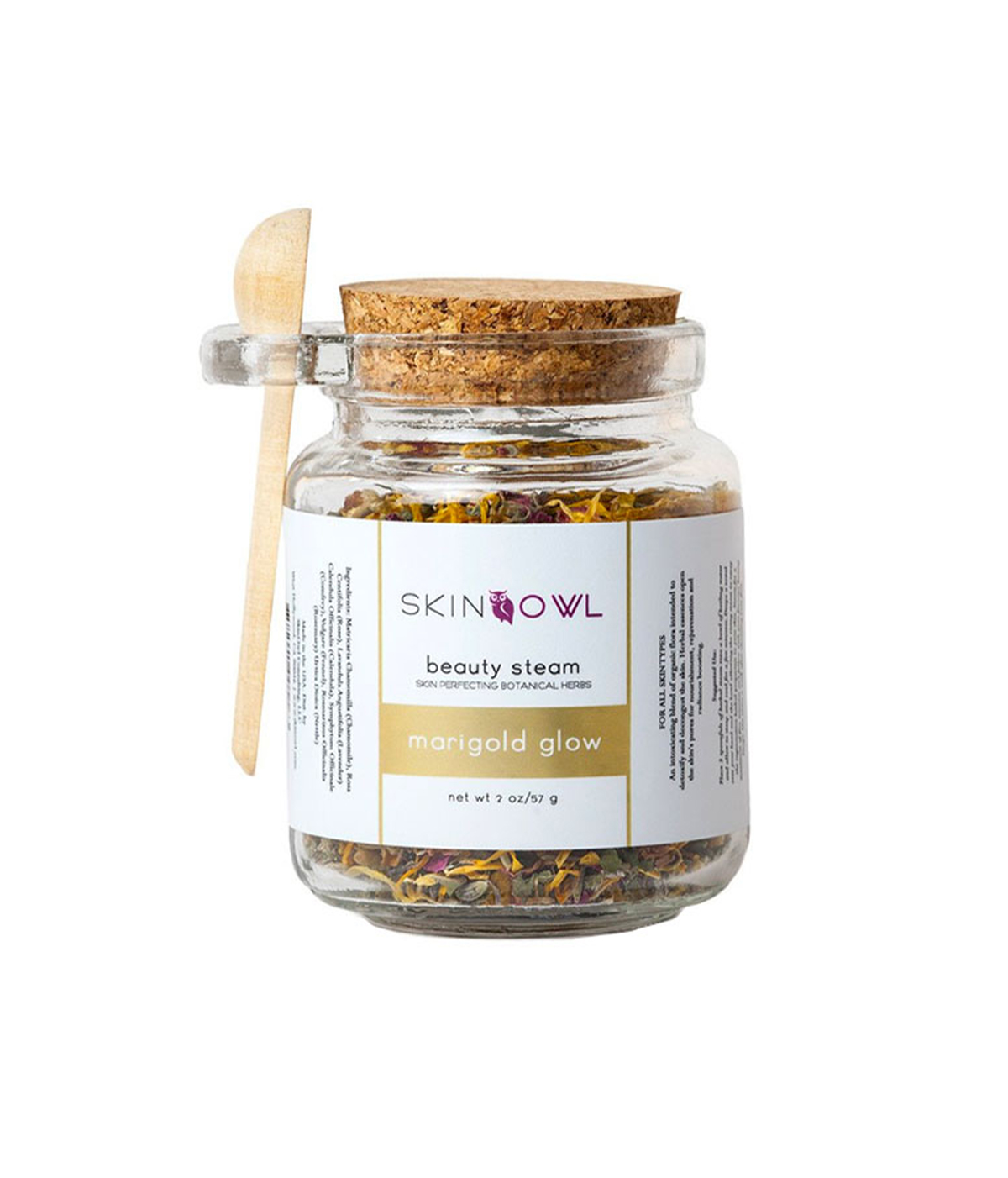
Jarnot recommends applying warm herbal compresses to rough patches. "Fill a bowl with steaming water and chamomile, or SkinOwl's Beauty Steam, and compress the skin with a towel saturated in warm water," she advises. This is a gentle way to soften and soothe dry, rough patches.
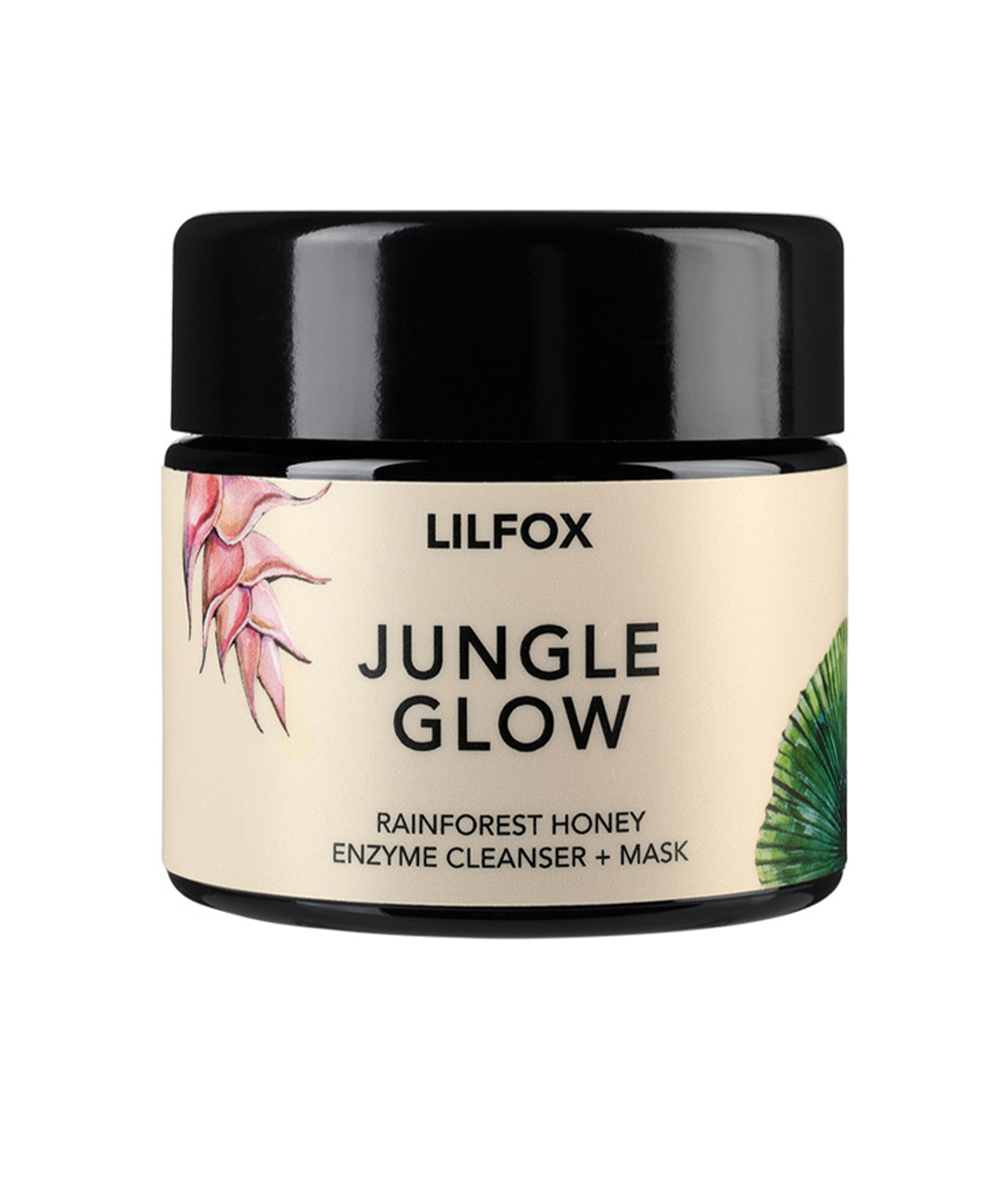
All of our experts agree that supporting skin turnover is essential to keeping the texture smooth. Jarnot recommends skincare products that contain honey, "the original natural alpha hydroxy acid exfoliant, straight from nature." She uses this formula, which contains special Hawaiian honey, as a mask. "Leave it on for as long as you can, then add a little water, massage into skin, and rinse," she instructs.
Daily Skin Boosters
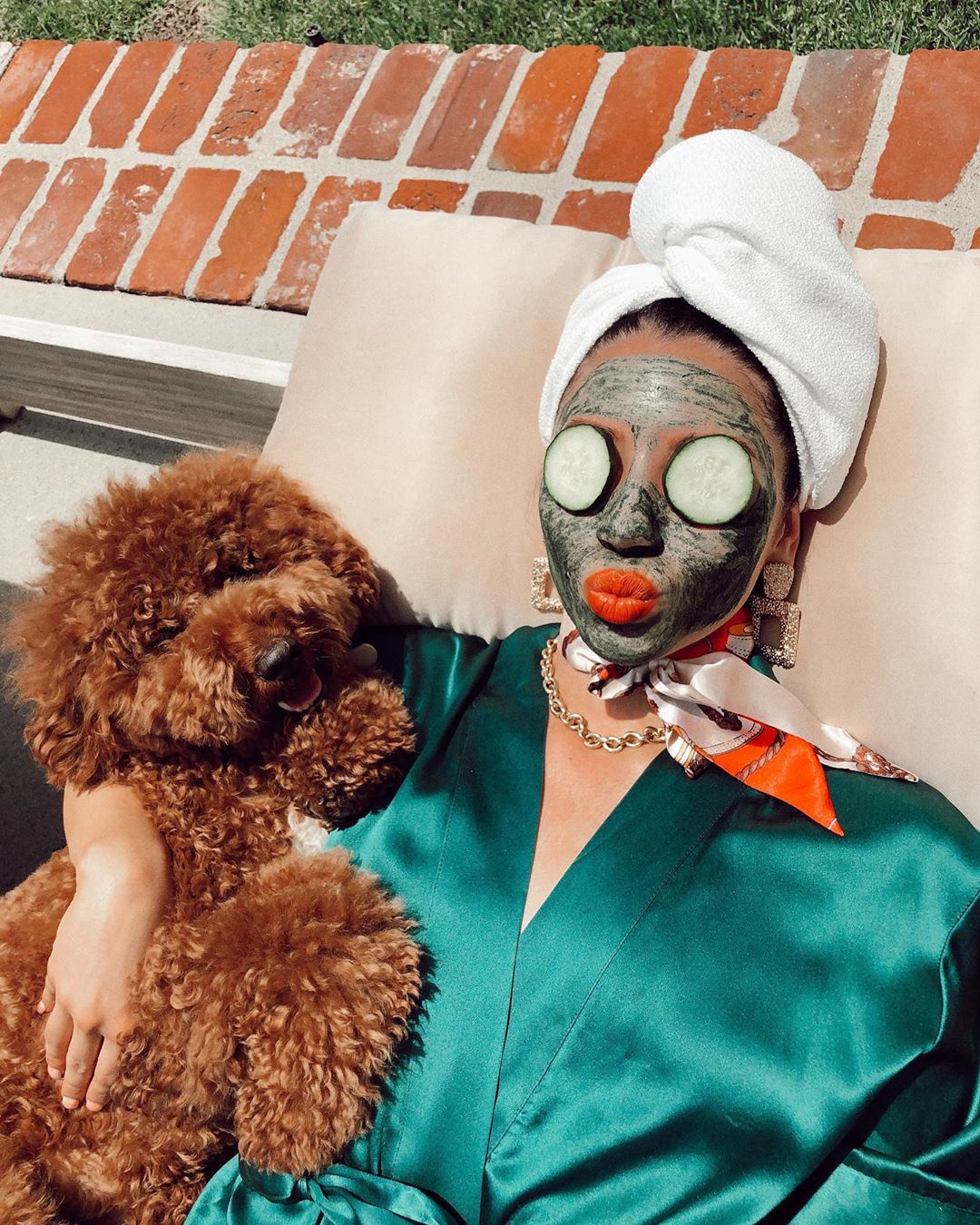
Of course, the goal is to avoid rough patches and flare-ups altogether. Once you’ve achieved the smooth skin of your dreams, it’s time to focus on maintaining that healthy glow. We asked our panel of experts for their tried-and-true tips and tricks, including the products they recommend clients and patients use between visits. Ready to get your glow on? Keep scrolling.
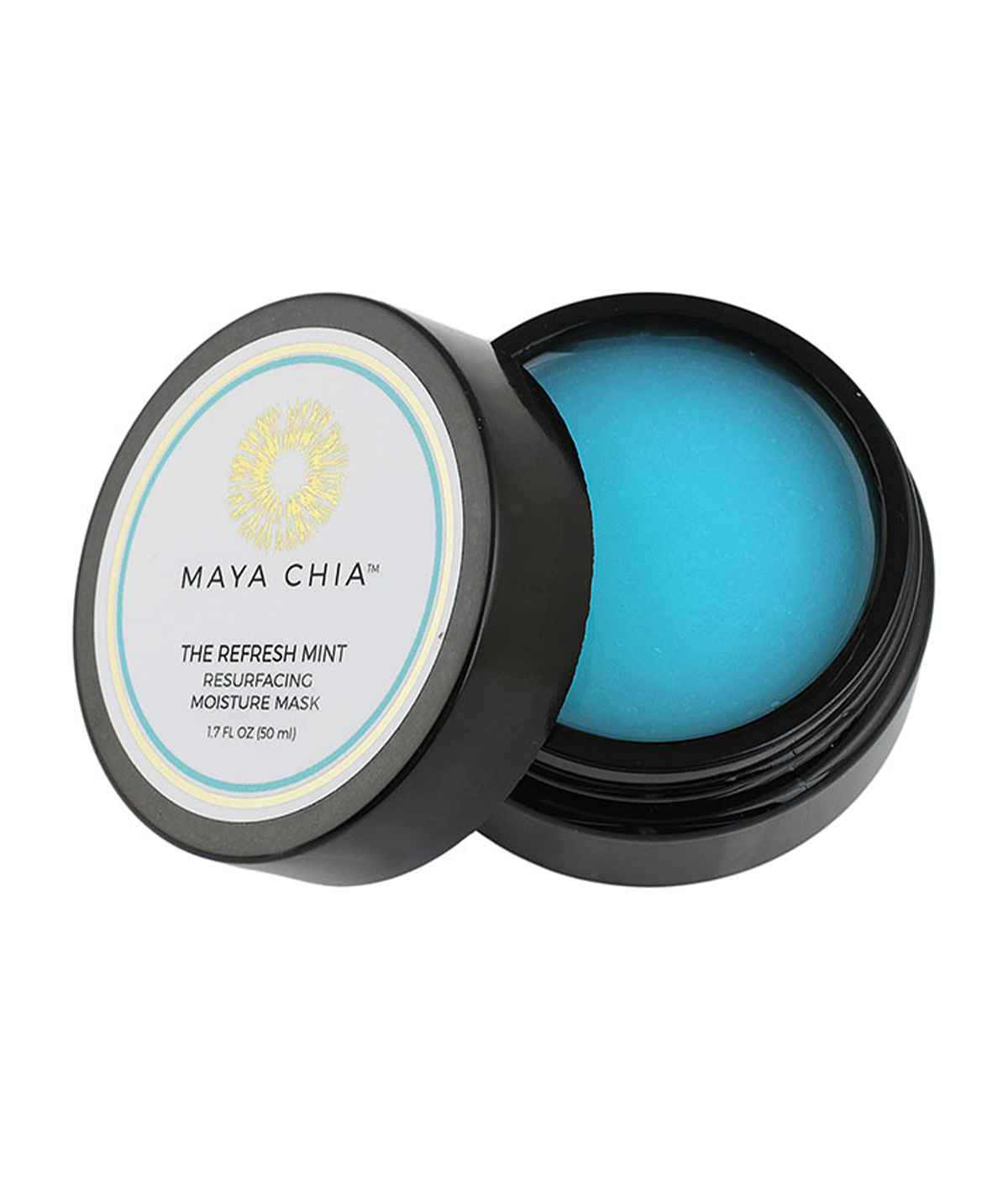
"For quick maintenance, I'll use a product that has some stronger acids like lactic acid and azelaic acid," says Jarnot. This mask is her hero product, giving skin a visible boost every time. Apply a thin layer, leave it on for a five to 10 minutes, and rise clean. "It's an instant glow product and leaves my skin texture feeling smoother."
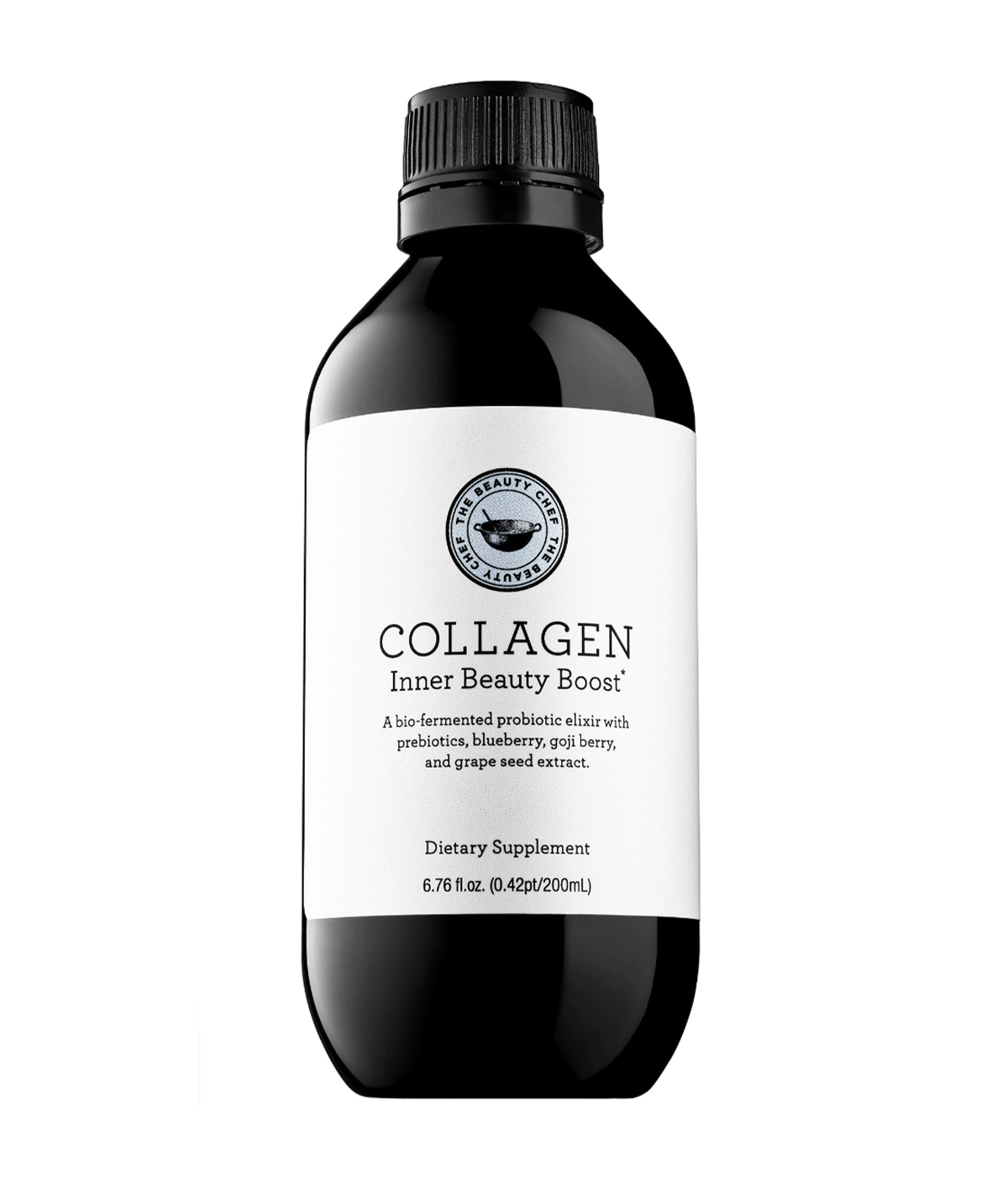
"There is data that taking 2.5 to 10 grams of oral collagen a day maintains collagen and elastin in the skin and helps fight fine lines and unwanted texture changes," says Rogers. We're fans of this formula, which contains a blend of organic maqui berry, açaí, papaya, blueberry, goji berry, and pomegranate powders with grape-seed extract, zinc, and vitamin C.
Skincare Best Practices

Let’s face it: Skincare can feel like a full-time job. Even if you’re not a dermatologist, spa owner, or clean-beauty connoisseur, you probably know that there are a few basic things you should be doing regularly to ensure the optimal health of your skin. But in case you need a little refresher, we leave you with these final tips from our pros for smooth skin from head to toe.
1. Remove Your Makeup
2. Wear Sunscreen
3. Take a Break
4. Sweat It Out
5. Hydrate Skin While You Sleep
6. Take Shorter Showers
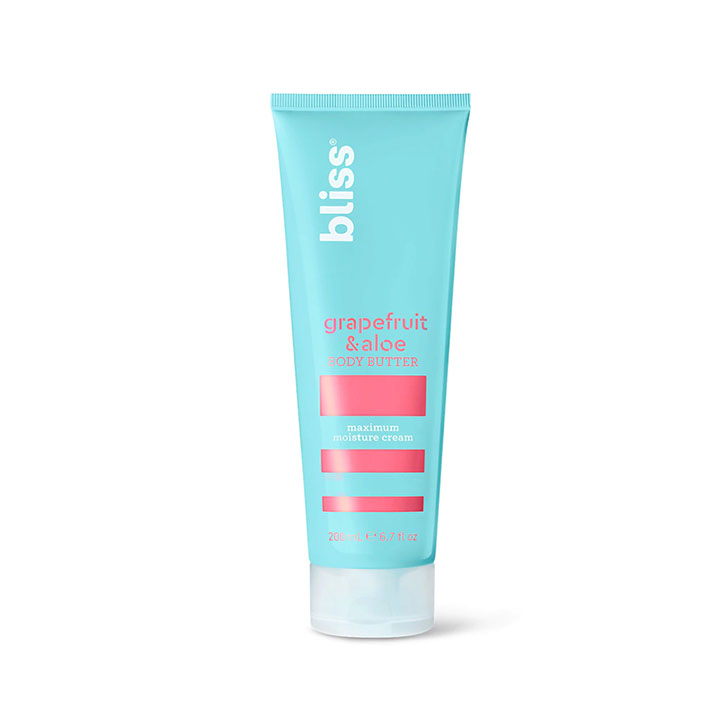
According to Zeichner, hot showers can strip the skin of oils, which leads to dryness, irritation, and rough skin. He recommends keeping showers under 10 minutes, using lukewarm water, and moisturizing within five minutes of getting out of the shower to lock in hydration.
7. Be Selective
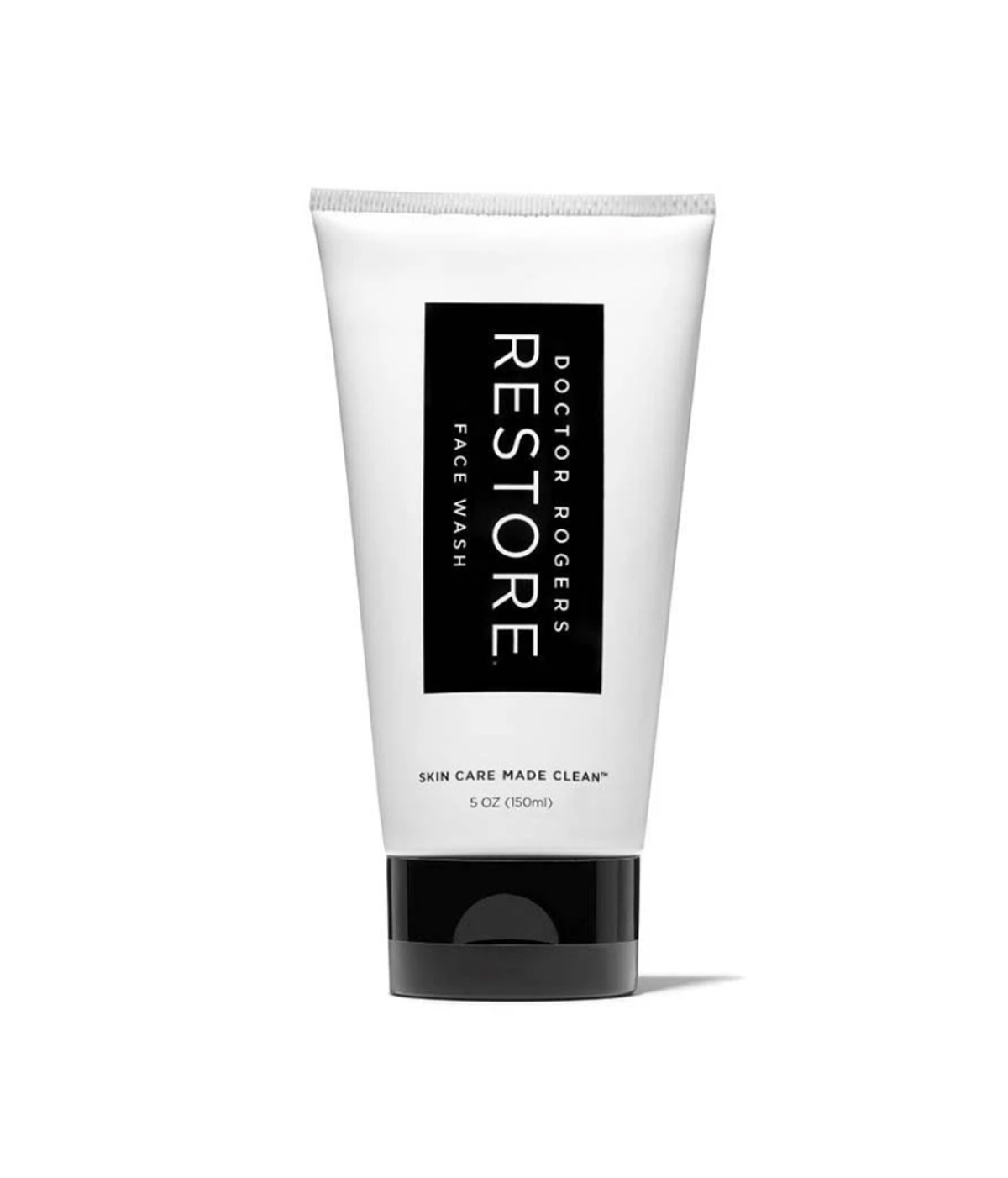
"Everyone seems to be developing sensitivities, and this is partly because we are putting so many chemicals on our skin," says Rogers. She encourages her patients to be selective with the products they use and seek out results-driven, sustainable options whenever possible.
8. Drink Water
Up next: I've Struggled With Acne for Years—These 11 Serums Are Actually Worth Your Money
This article was published at an earlier date and has since been updated.
Drew Elovitz is originally from Pittsburgh, Pennsylvania, but has spent the last decade living and working in New York City. She earned a master's degree in media and popular culture from New York University, then began her career on the internet as the Twitter voice of Barbie. She worked previously atBest Knockoff Luxury Clothing as the director of content strategy and also spent several years leading the social media teams at Teen Vogue and Entertainment Weekly. You'll find her byline on the site around topics such as celebrity fashion, must-have basics, beauty favorites (particularly nail polish), and wellness tips and tricks.
